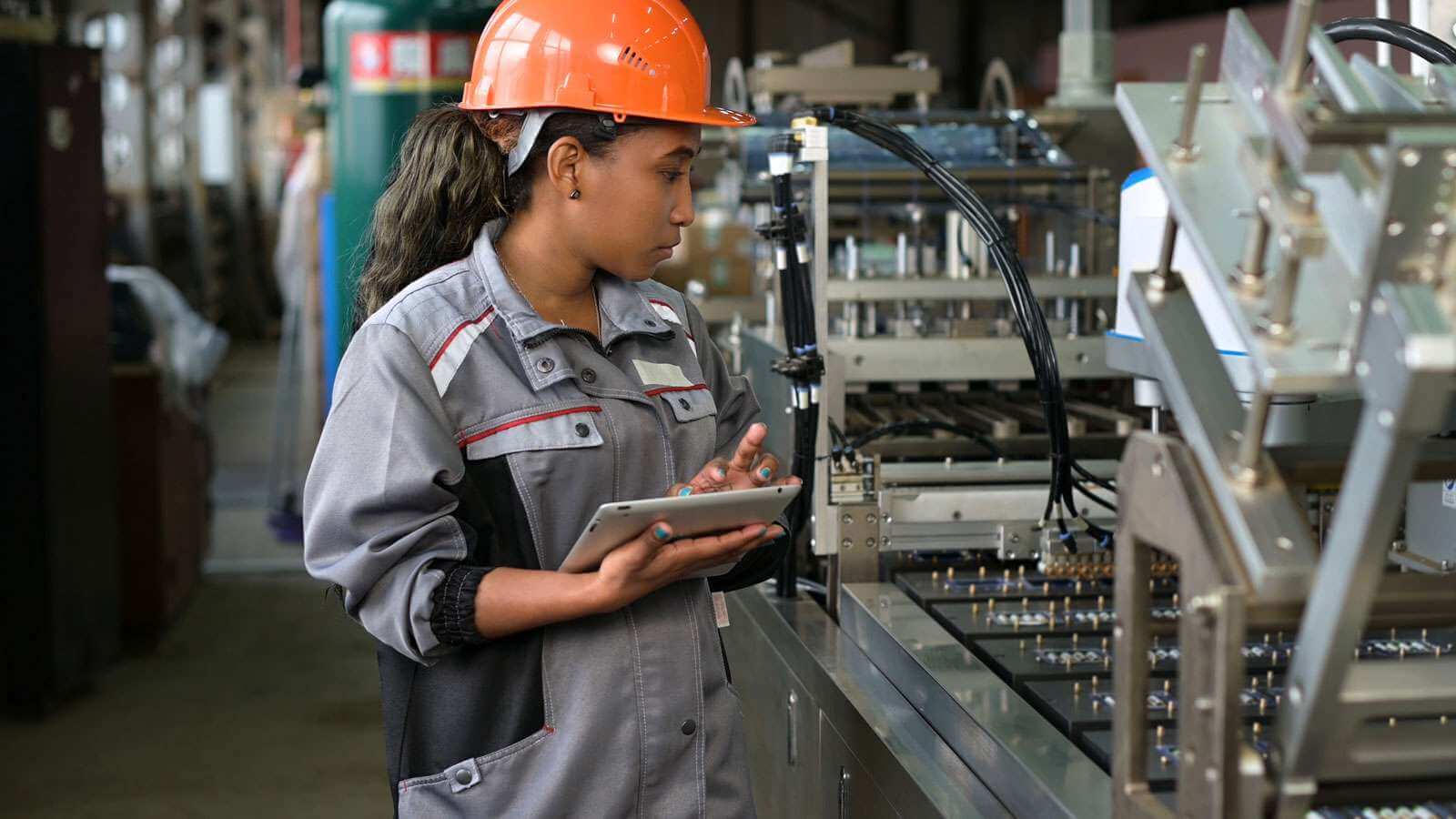- Incorporate employee input when creating a mobile device policy
- End users are more likely to support a program when they strongly understand its purpose and can weigh in on the details.
- Deskless workers have boots-on-the-ground knowledge that provides insights into situational mobile usage and will influence a contextual mobility management (CMM) program
- Context is what elevates TRUCE over other solutions – its ability to change what workers can access on their mobile devices depending on their environment. Who better to know the details of each environment than those at the grassroots level?
That includes establishing policies that outline when and where each app should be used, as well as any additional contextual triggers that prompt TRUCE’s CMM to enforce those policies. But a company’s leadership – those creating policy – should have a keen understanding of how, where, and why their teams use mobile devices. Certain questions should be asked: When do certain apps have utility? Where do others distract from the task at hand? What safety measures should be integrated into these mobile policies? The answers will help direct leadership in shaping that policy.
Other questions will need answering – but not by leadership. A company must approach its employees to learn about what policies will ultimately work best. Here’s why:
Employees Offer Situational Understanding
C-suite and VP-level staff don’t have the same boots-on-the-ground situational knowledge as the deskless workers performing tasks affected by mobile usage, and a CMM program. Leadership should rely on said employees – who understand the challenges, efficiencies and contingencies involved – to outline the circumstances that could influence policy.
Who better than the technician on the manufacturing floor using internal workflow applications to offer valuable situational perspective? Or the field technician using a navigation app to get to their next service location? A forklift driver trying to work efficiently may be tempted to peek at what’s next on the picklist app. A company will want to manage access to that app when the forklift is moving. How about any time they’re in the warehouse in general? Would that policy mean shutting off access to the app while the worker takes their lunch in the warehouse breakroom?
In many cases, middle managers can aggregate this information (and add their own insights) to shape policy. A supervisor who may have a better understanding of how different roles and departments interact, and the behaviors of each, will have their own unique perspective. Tapping into all of these workers’ situational understanding of their jobs and surroundings is critical to inform a company’s mobile policy.
Employees May Not Accept Disagreeable Policy
Employee buy-in should be viewed as part of the equation in the implementation of any new mobile device policy. What kinds of provisions will workers view as productive and reasonable, and which may be seen as overreach? Will employees understand that their personal information – not just passwords and data, but emails, photos, and more – will be completely inaccessible to the company?
Informal conversations with rank-and-file workers or key departmental representatives can yield important insights and help assure them that the organization has employees’ best interests in mind. TRUCE can help facilitate communication with a company’s workforce about the benefits and objectives of CMM. End users are more likely to support a program when they have a strong understanding of its purpose and an opportunity to weigh in on the details.
And because TRUCE is precisely that – a program – any policy implementation should weigh and integrate employee input from all levels of an organization. Because loosening restrictions is easier than tightening them once a program is in place, you’ll want to take your time to understand your current mobile practices, such as applications that employees use to do their jobs safely. When you’re ready, TRUCE can help you customize your mobile device policy to your business.

